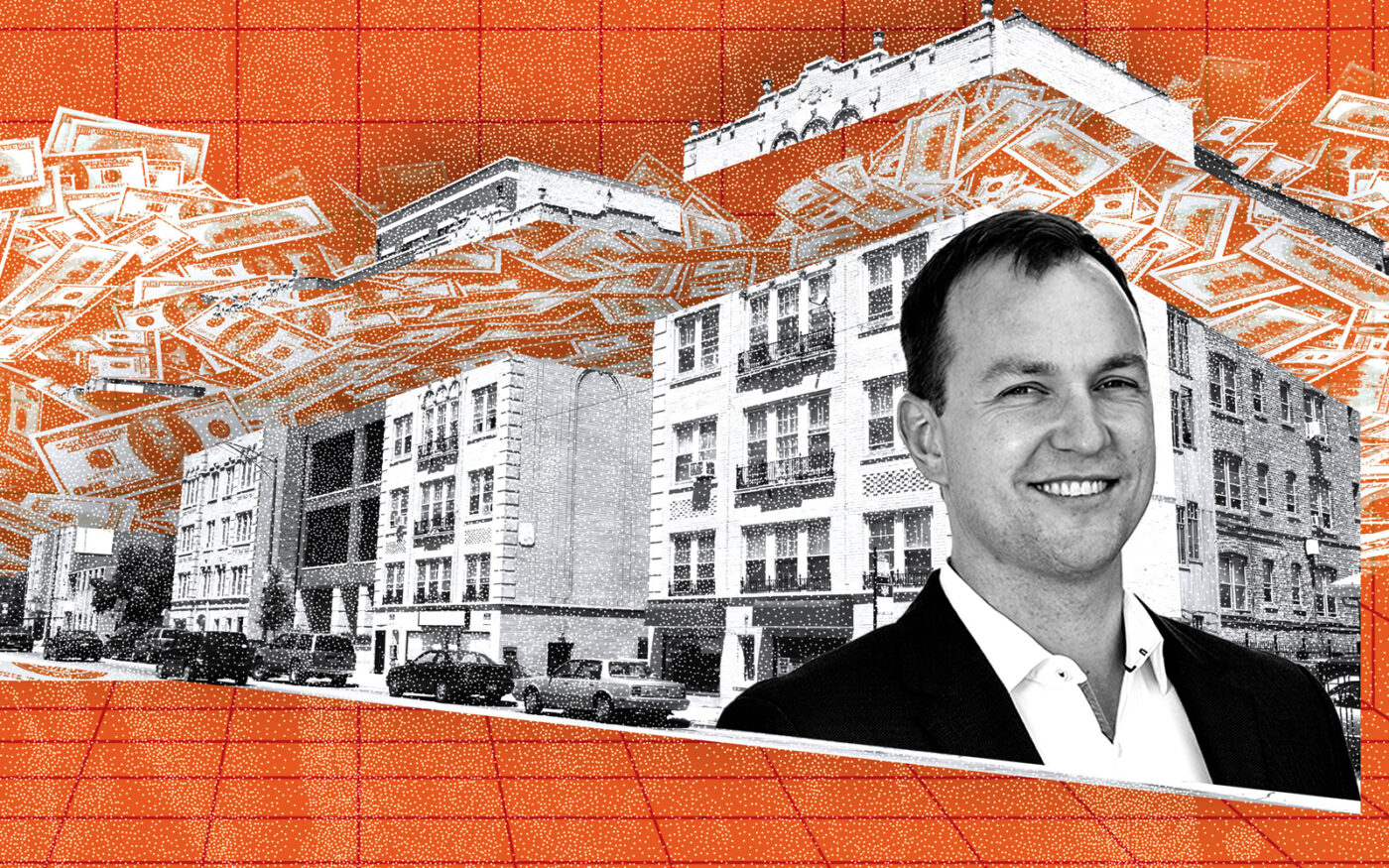A general feeling that Chicago’s suburban multifamily investment market is heating up is now backed by data.
The number of multifamily transactions in the suburbs jumped 65 percent year-over-year in March, and buyers are having to put in competitive offers to score a property.
The average price per unit rose 18 percent this quarter, from $120,349 to $142,935 during the same time period, according to Interra Realty.
The data echoes what multifamily brokers have been saying for months. Chicago’s suburbs benefit from the region’s strong economy and steady supply of educated workers from the Midwest’s Big 10 universities without suffering from the political baggage facing the city.
Investors have shown tepid interest in the city and Cook County at large mainly because of its unpredictable property tax environment. Meanwhile, multifamily listings outside of Cook County are regularly commanding over a dozen offers from a wide-range of potential buyers.
“In many cases, they are able to secure more attractive cap rates than what is available at urban core properties,” Interra’s Paul Waterloo said.
An analysis by The Real Deal of 27 multifamily properties that sold for more than $10 million in the Chicago metro area late last year found that 17 sold at a markup from their last sale price. Of those, 11 were in the suburbs. That trend continued into the new year, Interra found.
There were seven suburban multifamily transactions in the $10 million to $50 million range in the first quarter compared to just 13 in all of last year.
Most recently, Authentix McHenry, a 288-unit complex developed by Wisconsin based Continental Properties, was listed in September and sold this month. Broker Todd Stofflet, who left Walker & Dunlop for Lument in February, represented Continental.
The price and buyer have not been recorded publicly yet, but Stofflet said the property received 14 offers.
Multifamily giant Morgan Properties doubled down on the Midwest this year with a $501 million purchase of 11 properties across the region.
Much of the interest comes from family offices and individual investors rather than institutional buyers. Since March of last year, 10 multifamily properties in the suburbs sold to non-local buyers compared to three sold to non-local buyers the year prior.
In the city, not all hope is lost. A severely restricted development pipeline had led to record-breaking rent growth. Only about 500 units are expected to come online in the city this year, down from the 10-year average of more than 3,500 units, according to Integra Realty Resources.
Local real estate investors who know the area’s tax system well are able to identify the buildings that are worth the added uncertainty in tax bills. So far, mid-size apartments in up-and-coming neighborhoods appear to be the most attractive to prospective buyers.
